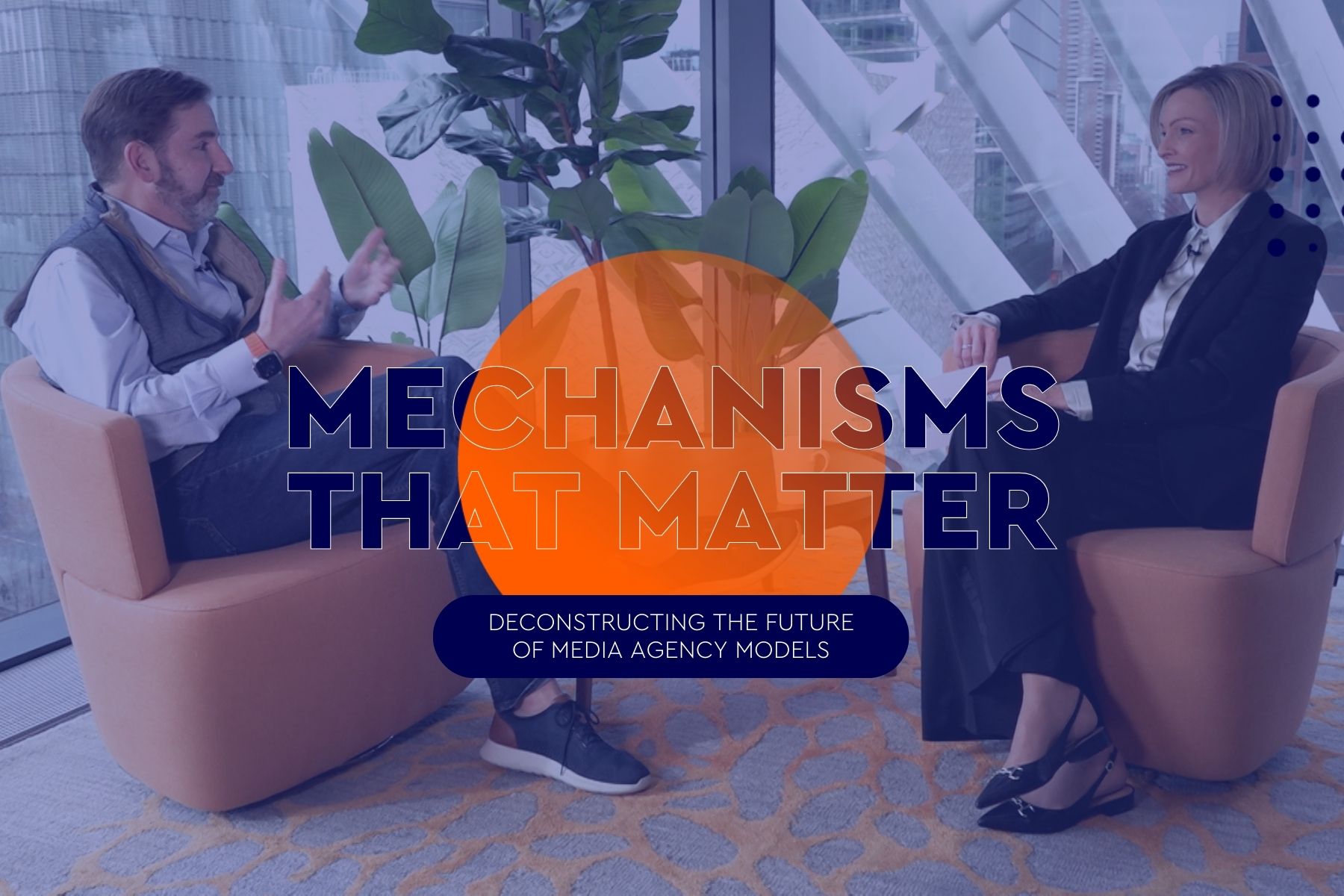
Brand Guardian helps navigate DE&I
Discover how an AI called Brand Guardian can assist by helping brands implement DE&I policies in their marketing
Even before 2020, consumers were demanding that brands and companies take a stand on key issues, such as climate change, LGBTQIA+ rights, and the Me Too movement. The past two years have only accelerated this trend, with COVID-19 bringing about profound changes in how people think, live and communicate. Among the most notable events during this time were the deaths of Ahmaud Arbery, Breonna Taylor, and George Floyd in 2020 – with protesters subsequently taking to the streets and highlighting the Black Lives Matter movement.
In response, brands have moved from their traditional positions on the sidelines onto the playing field. Mastercard supported the LGBTQIA+ community with its True Name campaign, which allowed people to have the name of their choice on their credit cards. Band-Aid created products that allowed people to support AIDS research. Nike has strongly supported both Colin Kaepernick and Caster Semenya.
While activities like these grab the headlines, brands have also learned – sometimes to their chagrin – that they have footprints that encompass far more than their public statements. They have operations, employees, supply chains and communications, which don't always live up to consumers’ standards for diversity and inclusion.
Many organisations have stepped up in direct response to the events of 2020 and the Black Lives Matter movement. Target has added more products from Black-owned businesses to its shelves; US companies signed up to The Board Challenge, pledging to add at least one Black director to their respective boards in the next 12 months; and many more organisations are making their commitments to implementing DE&I policies public.
A new era of transparency has put the entirety of their organisational operations under a microscope, and those that have not been seen to act responsibly, or whose activities have misfired, have been accused of behind-the-scenes greenwashing, diversity-washing, or worse.
A growing opportunity – and risk
One area where brands are potentially exposed is across the massive amounts of content they are creating to fuel personalised customer experiences across all channels and geographies. While this has opened great opportunities to reach and connect with traditionally overlooked, but nonetheless substantial audiences, it also requires that brands become increasingly sensitive to the needs and expectations of their consumers.
In a culture of heightened awareness, brands need tools to gain control over the flood of content they’re creating. Each discrete audience demands individualised experiences that recognise their unique identities and meet their heightened expectations. Brands that misfire not only risk losing brand equity in minority markets, but also risk damaging their perceptions with all audiences. When a brand faces public shaming for greenwashing, whitewashing or patronising marginalised groups, its reputation is impacted in ways that can challenge recovery for a long time.
The market opportunity
Customer segments that have been historically considered marginal now encompass a sizable percentage of world’s population. For example, people with disabilities comprise 15% of the world’s population and accounts for $1.9trn (£1.4trn) in disposable income. The LGBTQIA+ community constitutes at least $3.9trn(£2.9trn) in buying power – and loyal buying power at that. A total of 71% percent of LGBTQIA+ consumers say that they are more likely to interact with an online ad that authentically represents their sexual orientation.
The considerable number of people in these communities is also augmented by those who are sympathetic to their concerns. For example, friends and family of people with disabilities add a further 3.4bn consumers worldwide who act on their connection to this group5. And Gen Z consumers bring their values to the decision-making process far more than any generation before them.
These young, important consumers have grown up in a much more visibly and culturally diverse world. As a result, 76% of Gen Zers prefer brands that are accepting of a range of identities and experiences, while 72% want their money to go to brands that care about the issues that are important to them.
How technology is helping today
Given the size of these markets and the growth opportunity that they present for brands, it’s no wonder that investments flowing into tools that can help meet the demands of their consumers.
According to Wunderman Thompson’s 2021 Building Better Experiences report, 63% of enterprise marketing technology stacks feature purpose-built content management systems, while 60% include a digital asset management (DAM) system. A typical stack also incorporates various other tools, including social media, marketing resource management and creative software tools, as well as collaboration tools such asDropbox, OneDrive and Slack.
These technologies support an increasingly complex content life cycle, from ideation and creation of assets to production, adaption, storage and enrichment, and finally distribution, measurement and attribution. According to our report, today’s businesses are spending on average £1.7m ($2.3m) on this capability. But many are spending a lot more: over a fifth (22%) spend between £2m ($2.7m) and £5m ($6.8m), and almost one in 10 (8%) spends over £5m ($6.8m).
These DAMs are not the asset libraries of yesterday. Today’s content and asset hubs not only unify content and assets to serve multiple channels, but also accomplish this in a far more sophisticated way: fuelling dynamic experiences and enabling businesses to achieve personalisation at scale and deliver seamless, omnichannel customer journeys.
While DAM technology is central to solving the challenge of content proliferation, marketers are also integrating more specialised tools to help them ensure that content is compliant with local regulations and meets the quality standards of the brand. AI and machine learning are key tools in helping businesses understand more about their content and assets, with 56% of businesses now using AI as part of their content management processes.
All inclusive content strategy with AI
AI is already essential in helping human teams control the vast quantities of content created to fuel personalised omnichannel experiences. It can also help teams to assure content against all DE&I criteria, though this requires the right inputs.
At the same time, AI has come under fi re for having built-in bias. Of course, the technology only does what it is taught, so it is vital that we use diverse teams to set the rules and train the tools. After all, it’s difficult to know what’s missing from your content if you are only looking at it from one perspective. Getting this right comes from the top down and depends on organisations having a hiring strategy that adheres to DE&I policies. Without the right people across an organisation, the tools that we deploy to automate processes are, unfortunately, likely to remain biased.
Introducing Brand Guardian
As organisations commit to new goals to better serve their audiences, they must stay true to those goals. Customer segments and channels are continuing to proliferate, increasing the scale at which brands must monitor DE&I across the content and assets that they produce.
AI and machine learning are supporting the process, helping marketers gain a deeper understanding of the makeup of their content. For example, they can look at the kinds of people depicted in a library of images and determine how representative they are of the intended audience. With the power to check assets quickly and at scale against specific rules, they can increase efficiency while also improving quality and ensuring compliance.
WPP Open Brand Guardian, created by Wunderman Thompson, is an AI-driven platform that works in tandem with computer vision to review creative assets – including images, video and text – against predetermined rule sets. It can automatically approve and reject content or request further checks.
Using the insights it provides, marketers can address any areas that might be problematic, including anticipating future issues and making better decisions about content. Brand Guardian can quickly, efficiently and reliably scan thousands and even hundreds of thousands of creative assets, checking them across four key areas of DE&I:
In a recent accuracy test for age, gender, ethnicity and disability, images were taken at random and reassessed by two human auditors. Brand Guardian proved its efficacy with an average accuracy score of 89%. However, where it beats humans, hands down, is on speed, consistency and reliability. Humans tire when reviewing at scale and over long periods – Brand Guardian can be consistently fast and accurate 24/7.
During a month-long trial against a specific set of accessibility standards, Brand Guardian raced through individual asset checks at just 1.8 seconds per asset. All 23 designers involved in this test said that they would like to keep using the tool. Compared with manual processes, Brand Guardian has been shown to save teams up to 50% effort. And, by speeding up approvals processes, it can reduce production lead times by up to 20%.
published on
06 December 2022
More in Communications

Mechanisms that Matter – Inside our partnership with Audible
How do you take a huge client like Audible from 22 agencies to one thriving networked team?

Healthcare communications – diverse, dynamic & different
Communicating about health and healthcare in APAC requires a nuanced and balanced approach

Mechanisms that Matter – How India is fuelling growth for global brands
CVL Srinivas tells Anna Hickey how WPP Open is fuelling a testbed for new working models, innovation, and automation.

